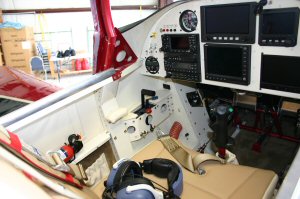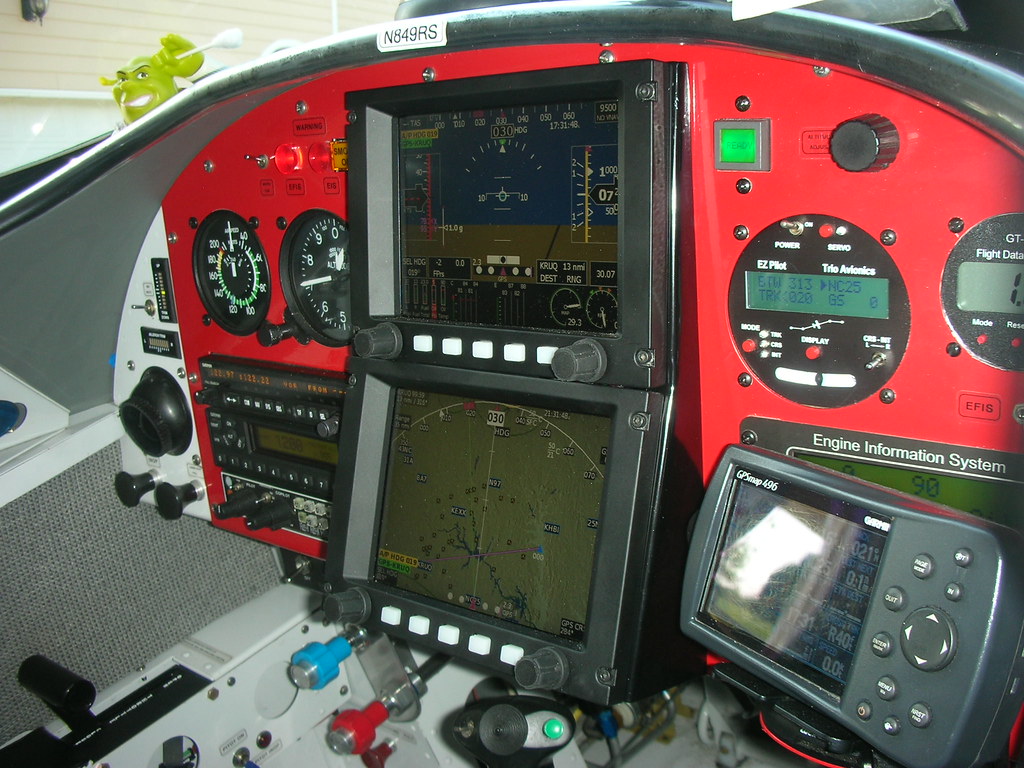Mike D
Well Known Member
Which type of throttle control for formation flying?
I have an RV6a and at some point would like to do some formation flying. I understand that the vernier type of throttle control is a no-no. But is there a preferred type?
How about the Van?s throttle quadrants?
http://www.aircraftspruce.com/catalog/appages/RVthrottlequads.php
Or friction type
http://www.aircraftspruce.com/catalog/appages/thorttlecontrolscessna.php
Thanks
I have an RV6a and at some point would like to do some formation flying. I understand that the vernier type of throttle control is a no-no. But is there a preferred type?
How about the Van?s throttle quadrants?
http://www.aircraftspruce.com/catalog/appages/RVthrottlequads.php
Or friction type
http://www.aircraftspruce.com/catalog/appages/thorttlecontrolscessna.php
Thanks






